| Coad | 666410 | Type | Polarization-Maintaining Fiber Faraday Mirror | |
| Wavelength(nm) | 2000 | Connector Type | FC/APC | |
| Fiber Model | PM1950, 900 µm Loose Hytrel® Tube | Fiber Length(m) | 1 | |
| Central Wavelength | - | Bandwidth | ±15nm | |
| Operating Temperature | -5 - 70°C | Storage Temperature | -40 - 85°C | |
| Operating Mode | - | Splitting Ratio | - | |
| Extinction Ratio | ≥20dB | Insertion Loss | ≤0.9dB | |
| Return Loss | - | Excess Loss | - | |
| Polarization-Dependent Loss | - | Polarization Mode Dispersion | - | |
| Directionality | - | Package Size | 5.5 x 35.0mm | |
| Uniformity | - | Isolation | - | |
| Maximum Optical Power | 300mW | Maximum Tension | 5N | |
| Minimum Crosstalk | - | Rotation Angle | 90 ± 3° | |
| Port Configuration | - | |||
The LBTEK polarization-maintaining (PM) fiber Faraday reflector is primarily fabricated using the Faraday magneto-optic effect. The device comes with built-in PM single-mode fiber and is suitable for use in PM optical systems. Polarized light enters through the PM fiber connector and is collimated into a parallel beam via the fiber collimator. The light then passes through the Faraday rotator, which rotates the polarization state by 45°. After reflection from the mirror, the light travels back along the same path and passes through the Faraday rotator again. Due to the Faraday magneto-optic effect, the polarization rotates in the same direction as the incident light, resulting in a total rotation of 90°, so that the reflected light’s polarization is orthogonal to the incident light. Finally, the light is coupled back into the original fiber through the collimator. This device is mainly used in fiber amplifiers, fiber lasers, fiber sensors, and other applications.
LBTEK provides various customization options, including wavelength, fiber type, rotation angle, and connector type. The Faraday reflector mainly consists of a fiber collimator, Faraday rotation crystal, magnetic ring, and planar mirror (typically a reflective filter). It features low insertion loss, minimal rotation angle error, and excellent environmental stability and reliability, minimizing parameter variations in the fiber caused by thermal or mechanical perturbations. The device’s built-in PM single-mode fiber ensures compatibility with PM optical systems.





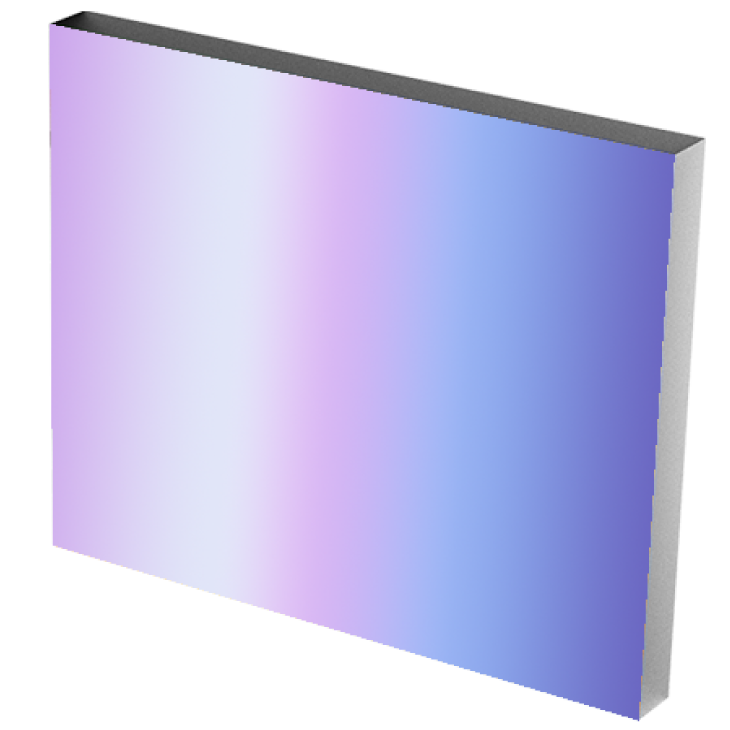



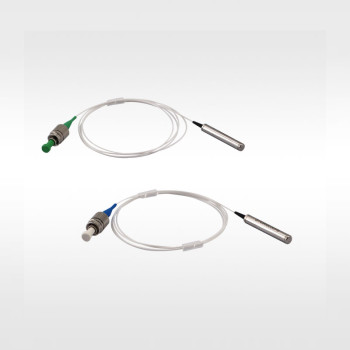

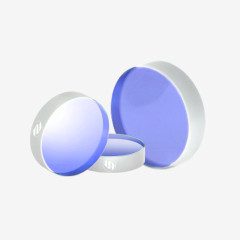
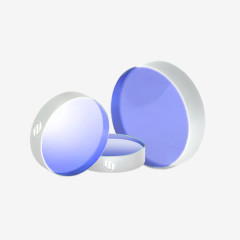
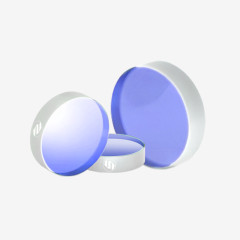
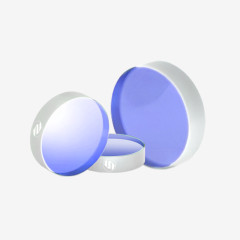

Product evaluation
%High praise
There are comments